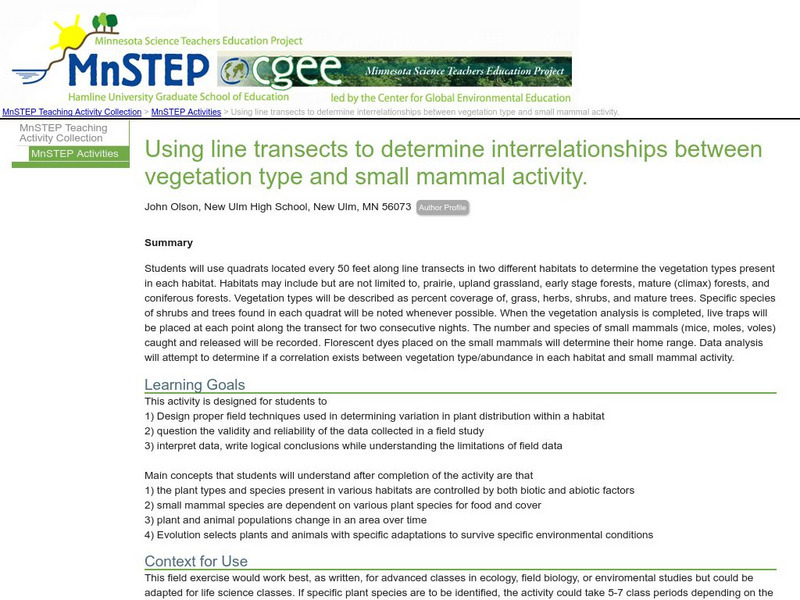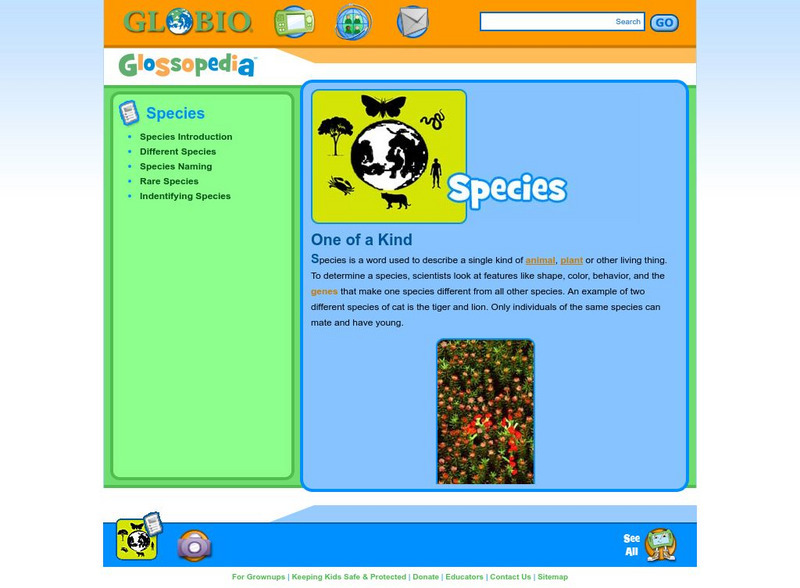Cornell Lab of Ornithology
Habitat Network: California Chaparral: Fruit Producing Trees
Find out why native fruit-producing trees and shrubs are essential components of diverse habitats.
Cornell Lab of Ornithology
Habitat Network: Install Edible Gardens
Find out the benefits of planting a garden that provides a sustainable source of food for people.
Cornell Lab of Ornithology
Habitat Network: Climate and Habitat: What They Have to Do With Each Other
Find out what climate and habitat have to do with each other as it relates to the diversity of an ecosystem.
Cornell Lab of Ornithology
Habitat Network: Health & Happiness
Learn about the idea that personal well-being, as well as the well-being of the neighborhood, were positively related to the diversity of birds and density of plants.
Cornell Lab of Ornithology
Habitat Network: Living Fences
Find out what living fences are, and how they increase diversity.
Cornell Lab of Ornithology
Habitat Network: Rocky Mountains: Fruit Producing Trees
Find out why native fruit-producing trees and shrubs are essential components of diverse habitats.
Cornell Lab of Ornithology
Habitat Network: Native Landscaping Makes Sense
Learn why planting native plants helps any backyard habitat and increases biodiversity.
Cornell Lab of Ornithology
Habitat Network: Native Lawn Ftw! (For the Win)
Find out about the advantages of planting native grasses in a lawn.
Other
Lady Bird Johnson Wildflower Center
Here you will learn about the wildflower center founded by Lady Bird Johnson. Learn about the center, check out the children's page for quick games and facts, or go on a native plant search! You can even see a photo of Lady Bird herself.
Cornell Lab of Ornithology
Habitat Network: Desert Cacti: Fruit Producing "Trees"
Find out why native fruit-producing trees and shrubs are essential components of diverse habitats.
Estrella Mountain Community College
Online Biology Book: Biodiversity: Nonvascular & Nonseed Vascular Plants
Photographs, informative tables, and illustrated diagrams help explain the diversity of the plant kingdom in this college-level textbook.
E-learning for Kids
E Learning for Kids: Science: Caribbean Sea: How Can We Classify Plants?
Aaylah is learning how to group some plants. Help her identify different types of plants.
Cornell Lab of Ornithology
Habitat Network: Installing and Maintaining a Native Lawn
Learn how the native approach can improve a yard to provide habitat for birds and other wildlife while keeping a grassy open area for recreation.
E-learning for Kids
E Learning for Kids: Science: Norway: What Are Some Types of Plants?
Heidi lives in Norway. She notices that plants grow on land, but also underwater. Help her figure out other places that plants grow.
Alabama Learning Exchange
Alex: The Circles of Life
This is an inquiry based cooperative learning unit that can be used in biology as a graduation exam review or in botany for a nine week project. The students will learn the life cycle of mosses, ferns, gymnosperms and angiosperms. The...
Estrella Mountain Community College
Estrella Mountain Community College: The Diversity of Life
Detailed information about each of the five kingdoms. Each kingdom is separately described, but information is also summarized in a table.
Huntington Library
Huntington Library: Garden Lesson Plans: Seeing Seeds [Pdf]
An exploration for younger students into the diversity of seeds and what is inside a seed. Includes extension activities.
Science Education Resource Center at Carleton College
Serc: Determining Interrelationships: Vegetation Type and Small Mammal Activity
Learners design proper field techniques to determine variation in plant distribution within a habitat, and then interpret data, write logical conclusions, while understanding the limitations of field data.
Other
Insightful Interaction: Visualizations
A collection of interactive visualizations that were produced through analysis of economic, political, and market research data. Topics are diverse, e.g., military spending and trade, immigration, consumer spending, crime, unemployment,...
Globio
Glossopedia: Species
A species is defined as a single kind of animal, plant or creature. Examples of different species are given and how the many species that exist relate to biodiversity. Scientific naming conventions are introduced.
Yale University
Yale New Haven Teachers Institute: Evolution of Plants
An extensive coverage of the evolutionary history of plants. Click on a topic in the outline and you'll go to a good discussion on this material.
Annenberg Foundation
Annenberg Learner: The Habitable Planet: Unit 9: Biodiversity Decline
This is an extensive learning module on biodiversity and its decline. It looks at ways biodiversity is threatened, the possibility of another mass extinction, the causes and consequences of habitat loss, factors that drive biodiversity...
Other
Cartage.org: Nonvascular Plants and Nonseed Vascular Plants
This detailed resource focuses on tracheophytes, psilophytes pslophytes, lycophytes, equisetophytes, and ferns. Charts, drawings, and pictures supplement the text.
Other popular searches
- Plant Diversity Activities
- Plant Diversity Map
- Genetics and Plant Diversity
- Plant Diversity Section 22.2
- Plant Diversity Section 222
- Plant Diversity Worksheet


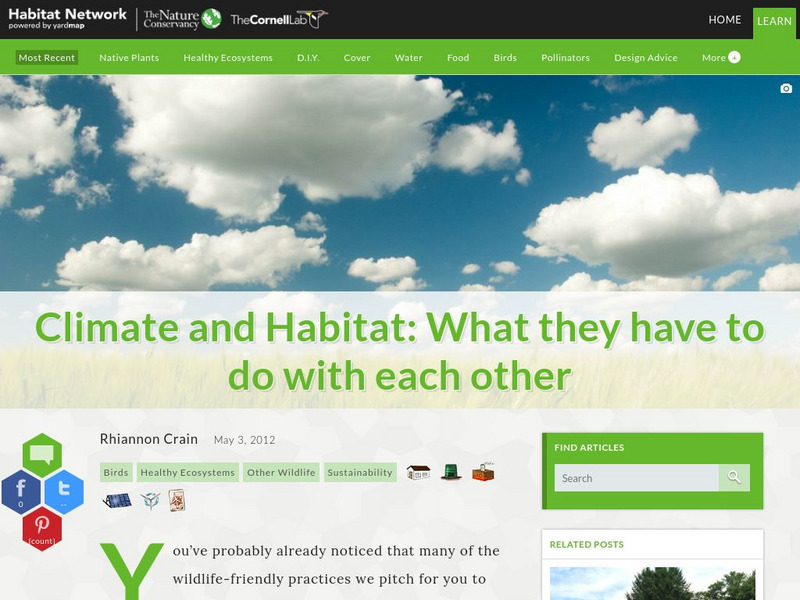
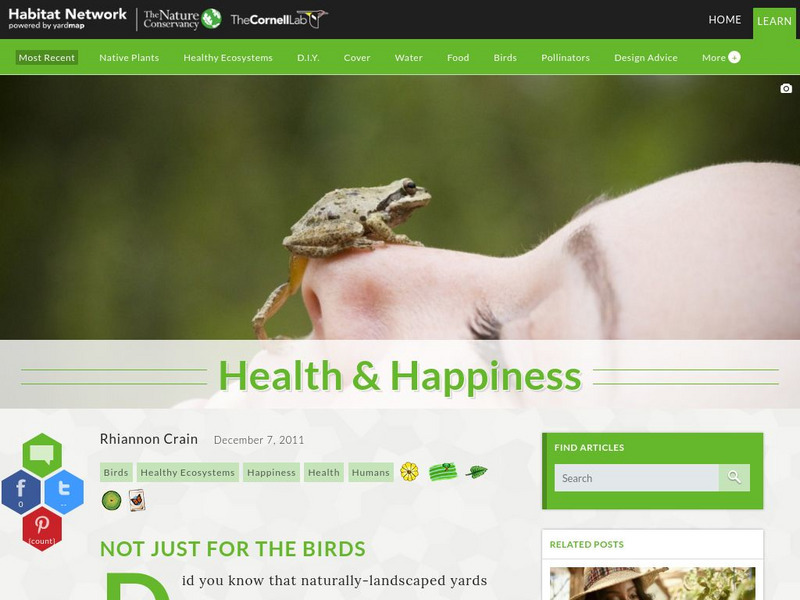

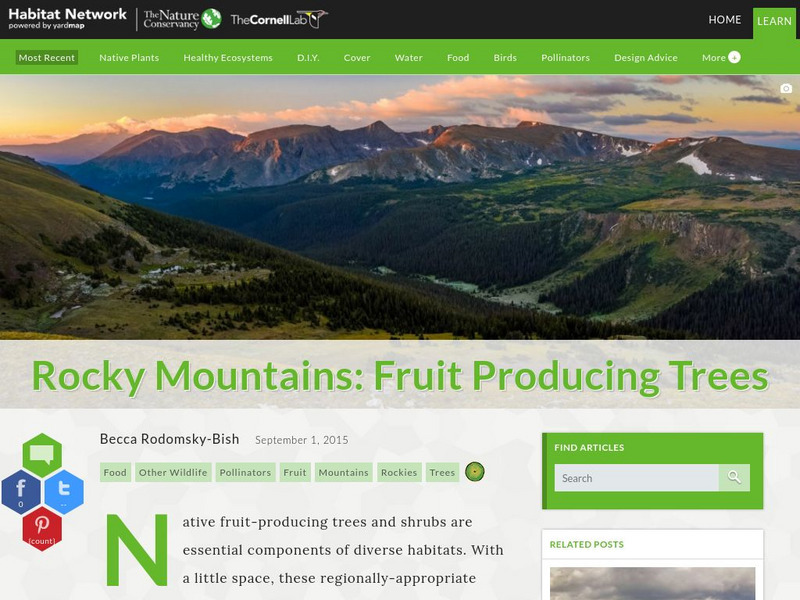
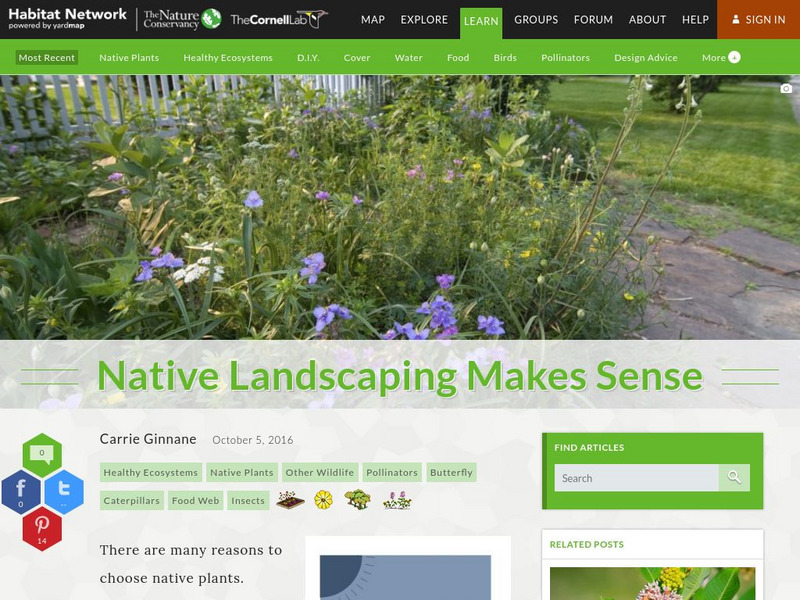


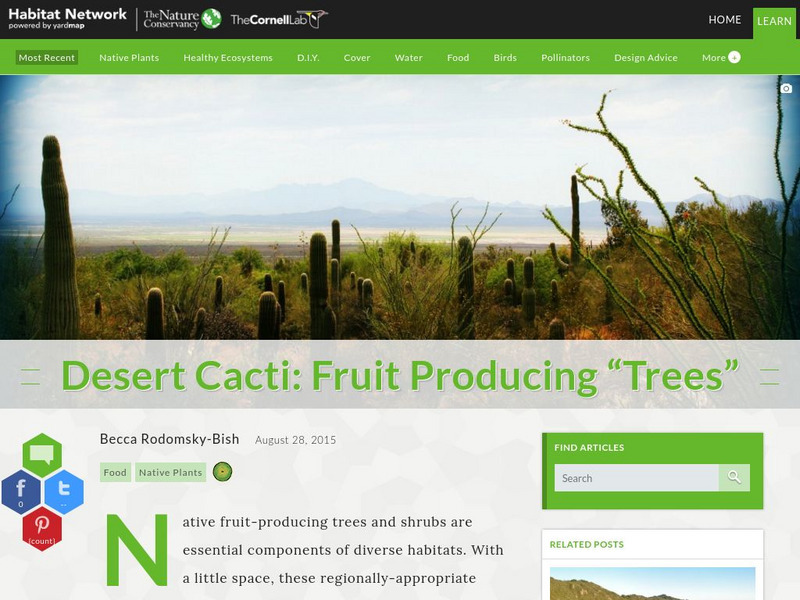

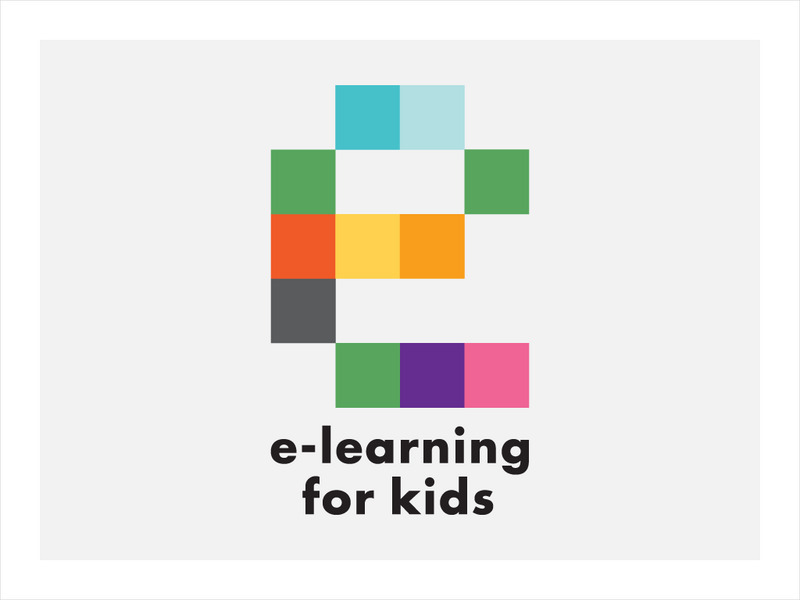




![Huntington Library: Garden Lesson Plans: Seeing Seeds [Pdf] Lesson Plan Huntington Library: Garden Lesson Plans: Seeing Seeds [Pdf] Lesson Plan](https://d15y2dacu3jp90.cloudfront.net/images/attachment_defaults/resource/large/FPO-knovation.png)
